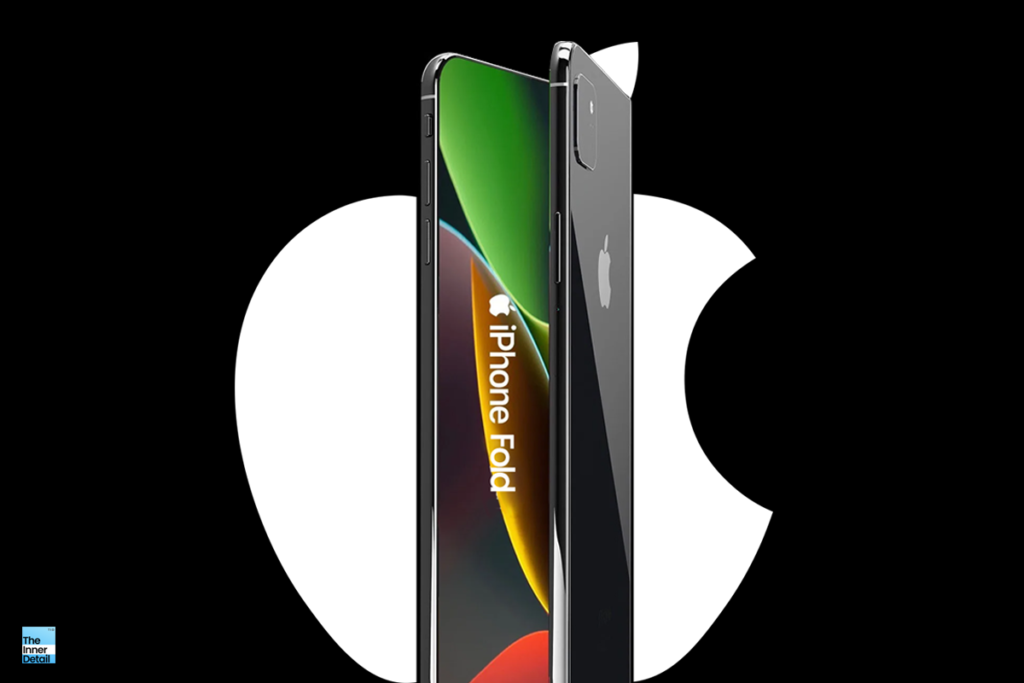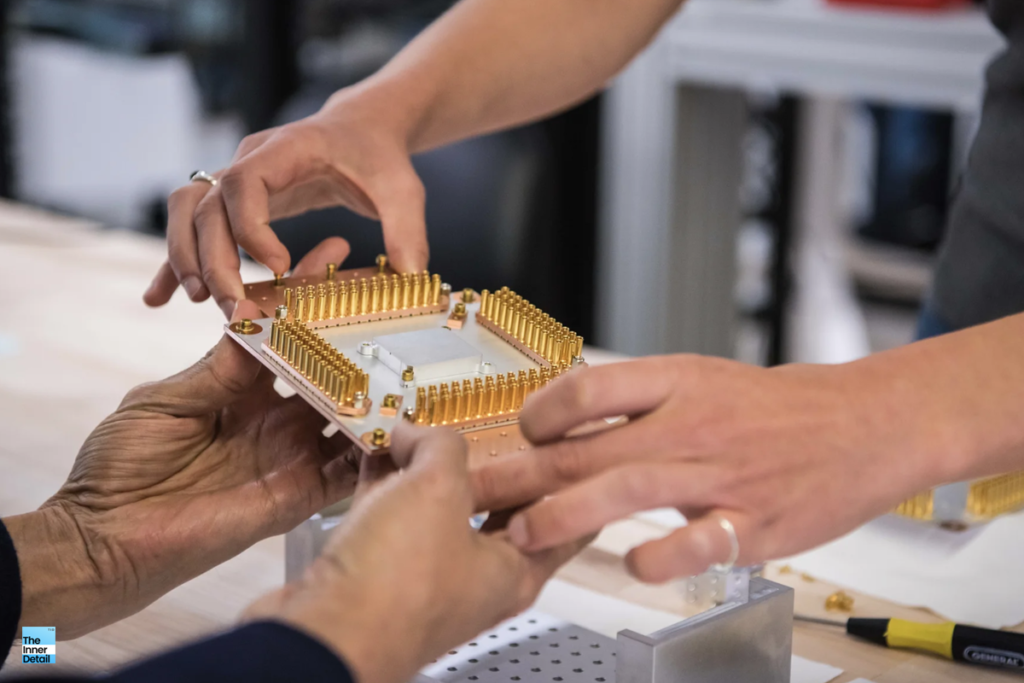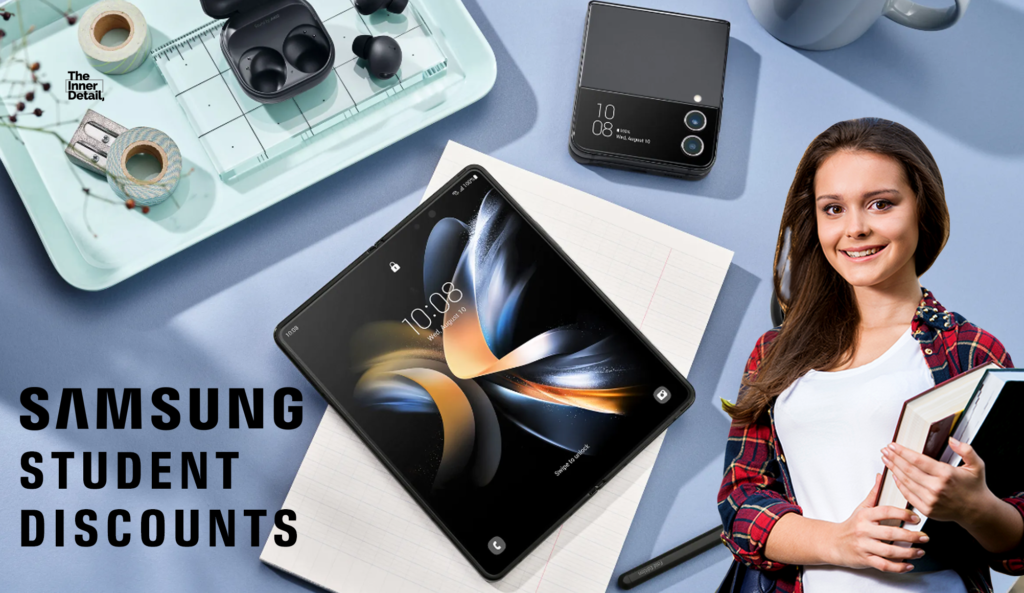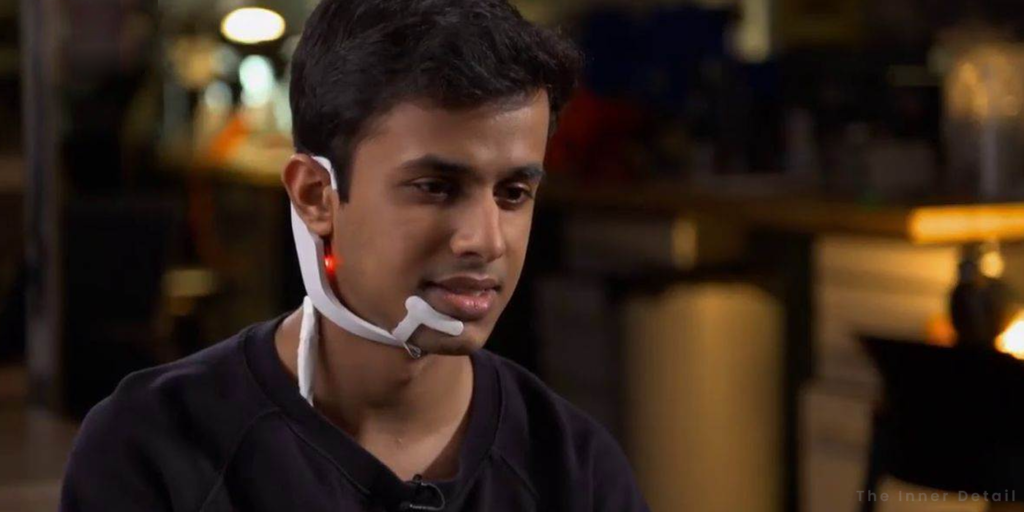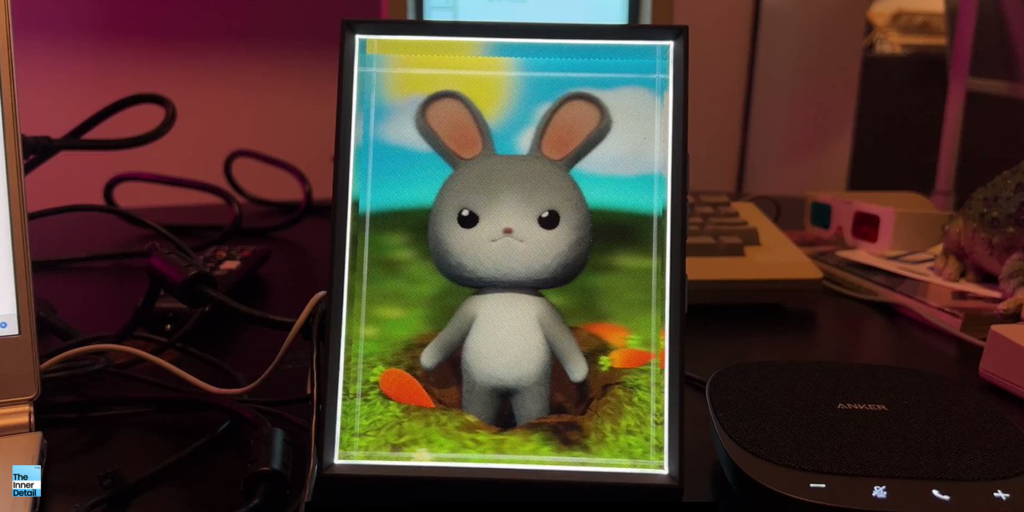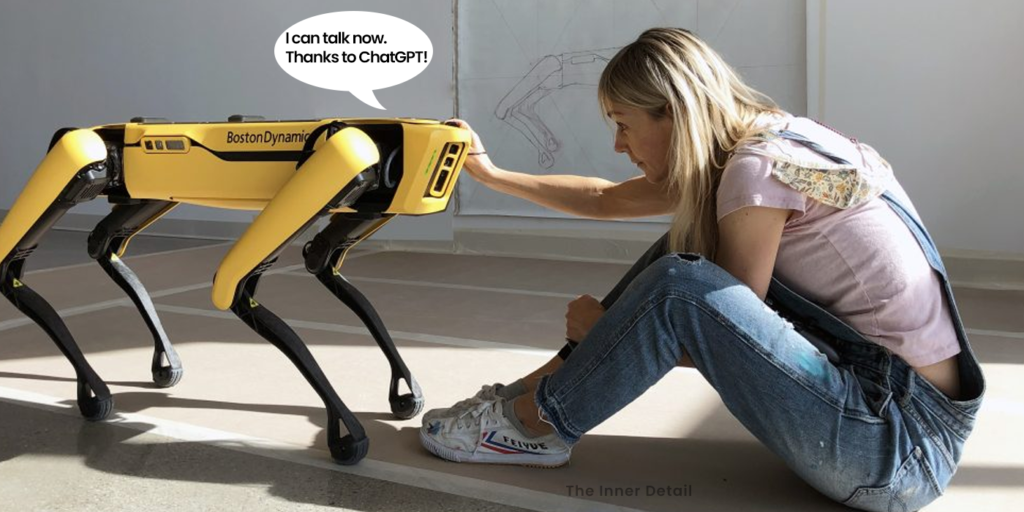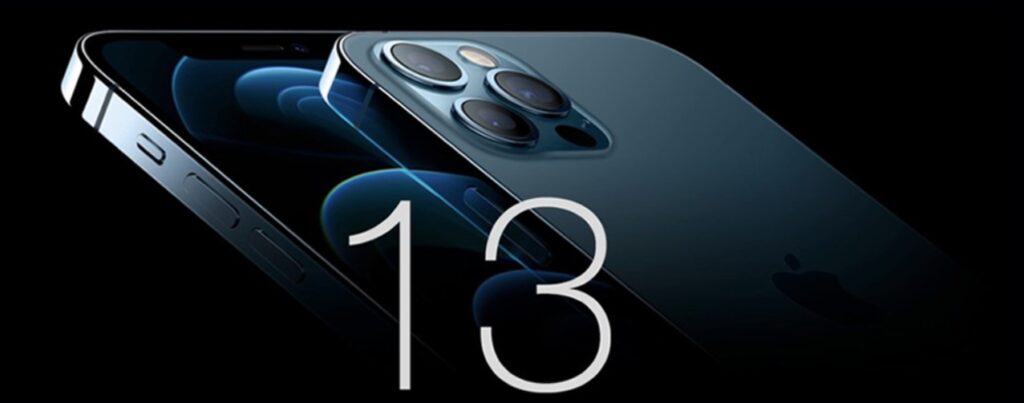Apple’s upcoming foldable iPhone or iPad will detect any drops, and could automatically fold itself before it hits the ground, in order to protect the device’s displays.
Smartphone makers are switching up to foldables, which gives users a tablet-cum-mobile feel, due to its large tablet-like screen and a regular smartphone screen. Foldables devices insisted a craze in the tech, ever since China’s Royole Flexpai launched the first foldable smartphone in 2018 and Samsung had followed it with its appealing Fold Zs & Flips Zs.
Further, Apple’s foldable is anticipated for years, but the firm is postponing the launch of foldables for unspecified reasons, or may be because Apple wants to do it perfect.
Now, a new patent filed by Apple reveals that it is working on a technology that will enable foldables to detect if it’s going to fall and would initiate folding of the device automatically, for providing protection to the displays. Foldable’s displays are delicate as well as vulnerable to damage than regular ones.
Combating that, patent named “Self-retracting Display device and Techniques for Protecting Screen Using Drop Detection,” would help Apple’s Foldable iPhone or iPad in avoiding a screen damage on falls.
How this Works?
A foldable device usually has a large unfolded display, that’s gets opened like a book with a common hinge letting the device to fold, as seen in Samsung Z Fold.
Apple plans to equip sensors for detecting any vertical acceleration (acceleration with respect to ground) that exceeds a predetermined threshold value, to determine if the mobile device has been dropped. The sensors detects that the mobile device has been dropped and the foldable device will fold itself automatically.
Apple proposes two ways of doing it – one by a retracting mechanism, deploying a motor at the converging point and another is by a release mechanism on the covers that has to do something with magnets.
On a successful fall-detection, the fully stretched foldable would bend or fold a little, to avoid direct damage to the display. Apple ideates deploying a motor at the hinge point where the device folds, which would release the detent to retract itself automatically. The activation of this process reduces the angle between the first display and the second display below a threshold angle, which leads to folding the device.
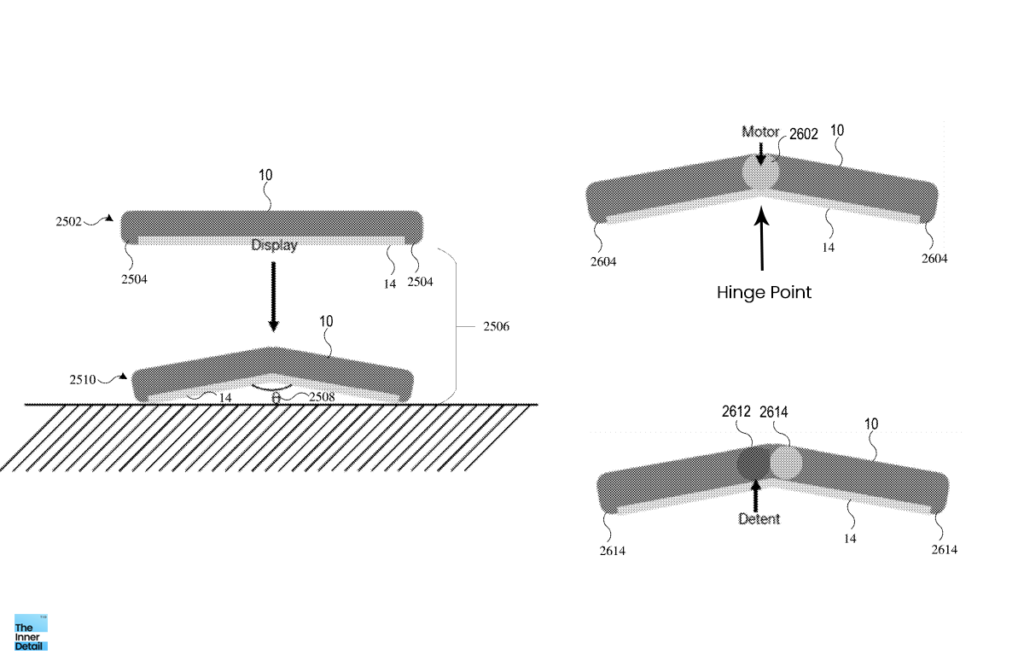
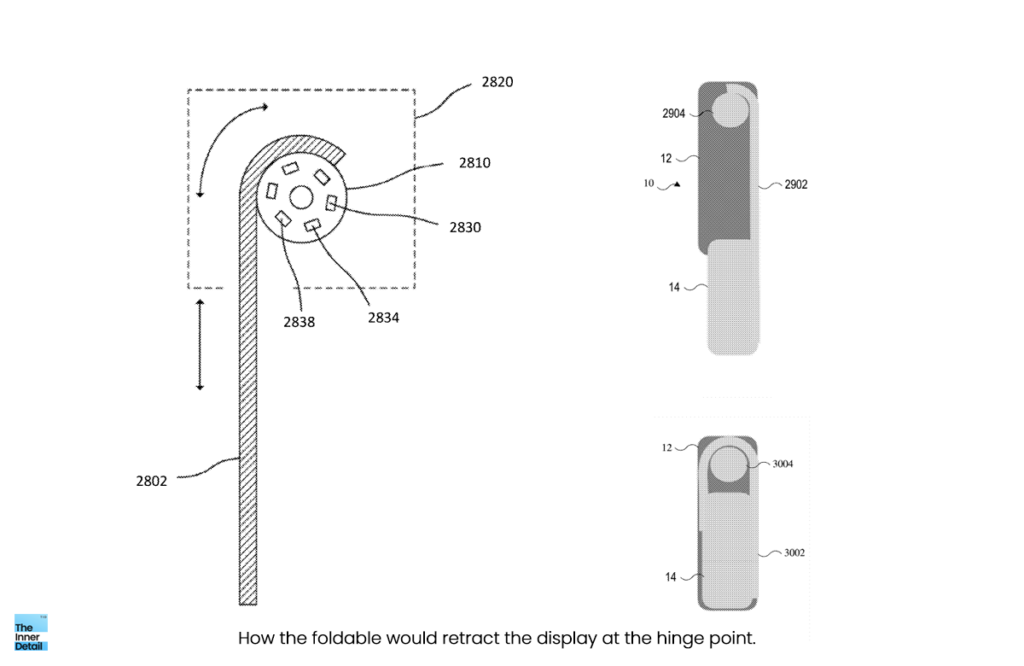
Apple also suggests that though folding the device completely is not possible all the time, the equipped motor would do the job partially less than 1800, as seen in the picture. In this case, only the edges of the device will be hitting the ground, saving the screen from striking against the ground.
Related Posts
The patent represents the flow as:
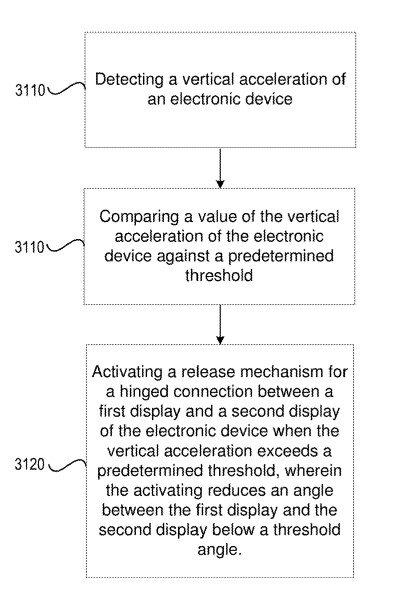
Foldable Covers too
Further, another proposal described in the patent reveals that foldables will surface a cover on them, that’s capable of folding itself into a shape that supports the device. “Cover may have a foldable portion such as a portion that can be folded into a shape that supports device at a non-zero angle with respect to device,” says the patent.
At this case, apple might be playing with magnets acting on the covers, to pull the displays closer at angles lesser than 1800.
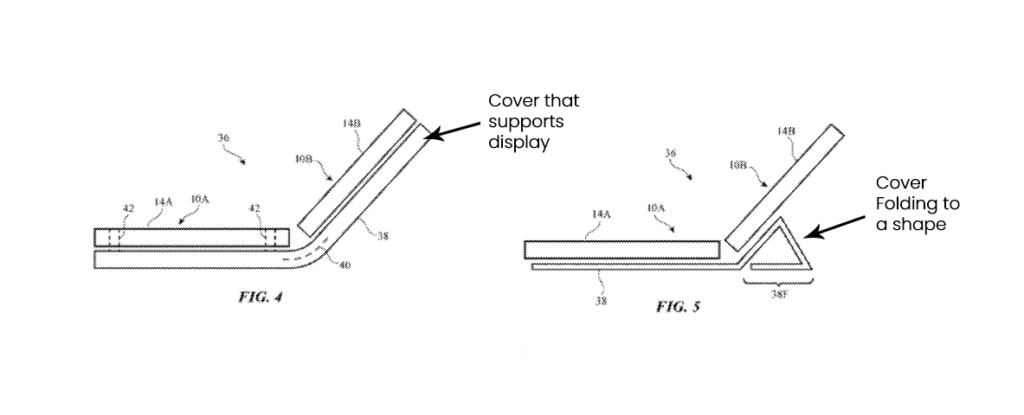
It’s not clear on how exactly Apple is planning to implement this, as the patent cites possible ways of doing it and not the exact one.
But for sure, it’s going to be really interesting to witness Apple Foldable iPhone or iPad in the future.
Are you excited for a foldable Apple device? Drop your thoughts on this technology of Apple in the comments..
(For more such interesting informational, technology and innovation stuffs, keep reading The Inner Detail).
